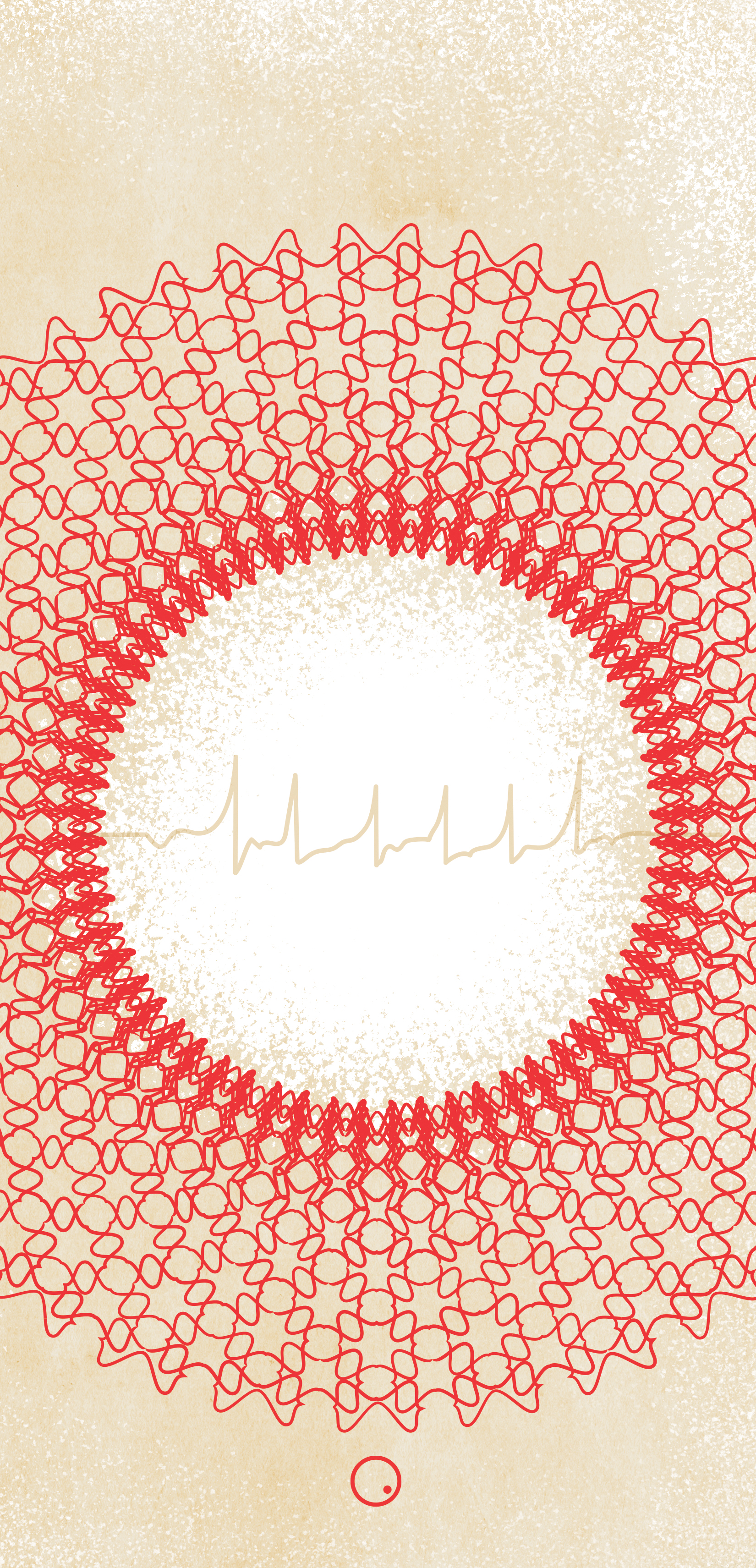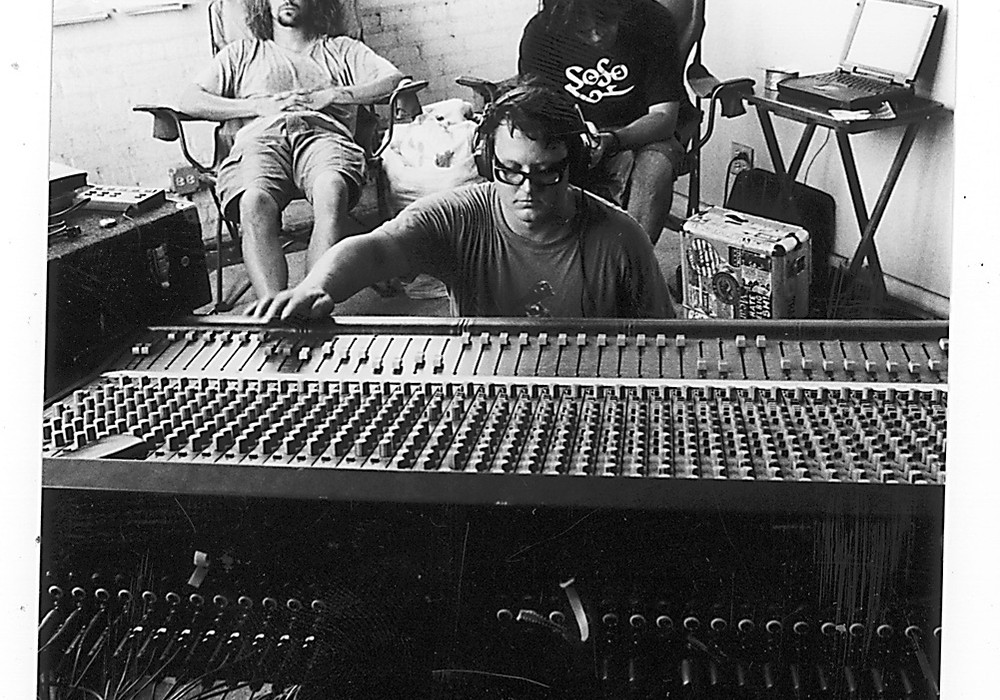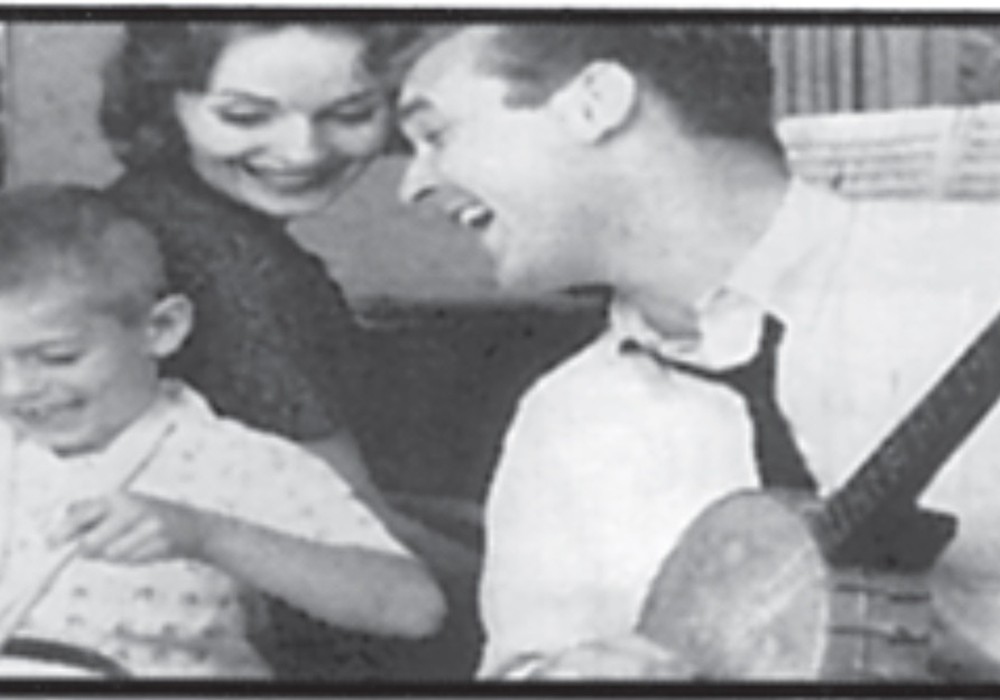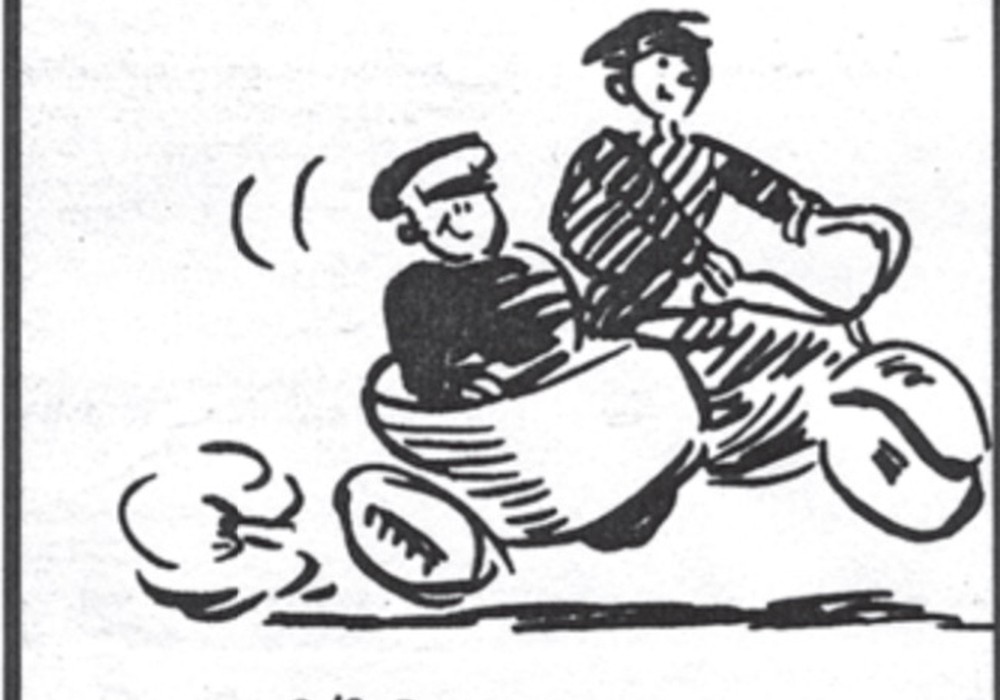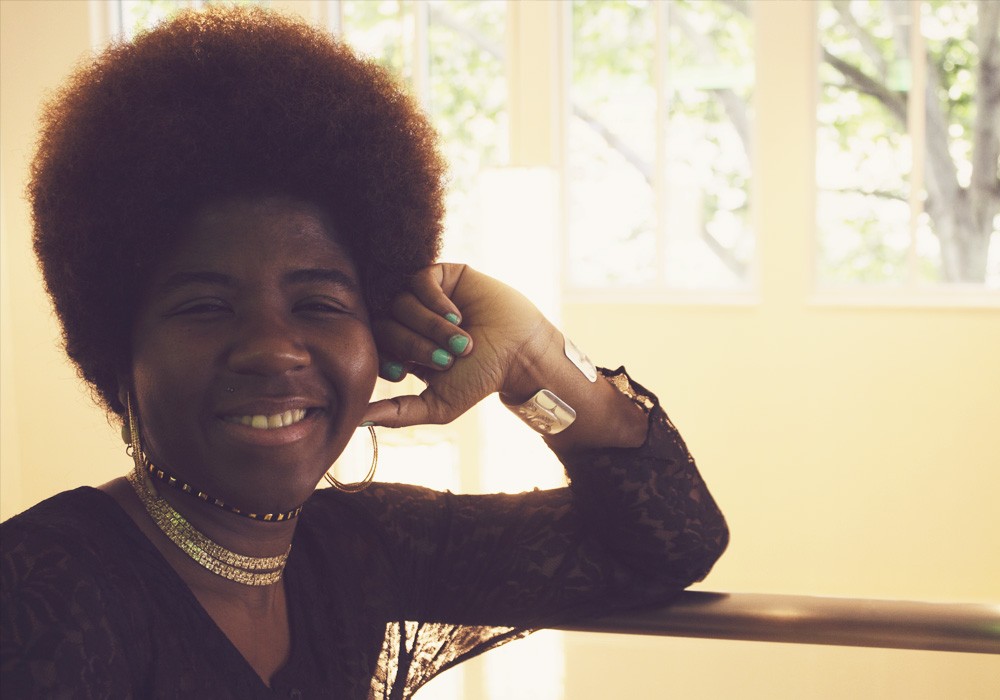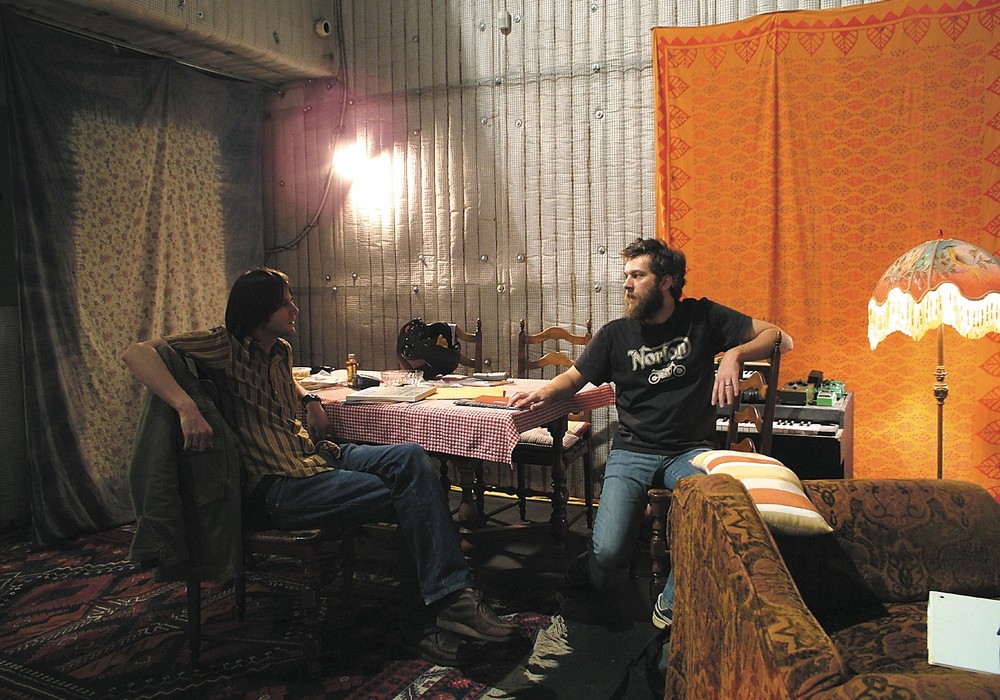Talk a little about your Lucas equipment.
I started about '89 or '90. Really what inspired it was two things: It was always difficult recording guitars, because a lot of what I did experimenting on guitars would be to use more than one amp at a time. Not more than one mic on an amp, but actually as if it was a stereo guitar (really there's no such thing, unless you're able to get your ear right up on it and hear the difference in the low and high strings) but if you had a guitar with more than one output and ran it to two different amps you could get two different sounds. Stevie Ray Vaughan also had this viewpoint. When we did some things together we talked a lot about that. His thought was that neither a Marshall nor a Fender is, "Exactly the sound I like and want for me." Because a Marshall has all the crunch and the oomph, I can get it all punchy like I want, but the Fender has the clean tone and I can bring out the clean harmonics I like. He liked to play through them both at the time that we were working together. I thought the same way. So the way I would do that is — I did a lot of it on ZZ Top, not the Eliminator album, but some experimenting on other albums — was to use more than one amp. I still have a lot of these guitars I made with two sets of pickups and two different sets of outputs. I call them "dual exhaust guitars". For instance, I have some Strats that in each of the three different positions have two pickups instead of one. And then down there, two selector knobs instead of one. And two outputs, so I could run to two different types of amps. You get the same exact playing but you can get different sounds without having to reamp later. You could come up with something the guitarist could play against.
Of course, they're different because the pickups are in different places...
Slightly different or totally different. On some of them I have a Bill Lawrence [pickup] in the same spot as a Fender. Or I'll put a DiMarzio Super Distortion in the place and a Fender. So you get totally different tone qualities coming out. Then you could run one through a Fender, and one through a Marshall — different types of amps. One through a very small amp with a six-inch speaker like a Supro or something, and one through a big overbearing [amp]. It takes some time and trouble, but it can be worth it. In doing all this you start to run into all the age-old guitar problems, which are hums and buzzes, because two or three different ground potentials are happening at the same time, or you have your guitar output seeing more than one thing, which is loading your impedance improperly, and you may lose highs. You may have long cords and lose highs over that, so it's just a nightmare in the control room. You were spending half your time running around, plugging things in differently, looking for ground problems, changing things, putting on ground lifters or taking them off things, risking being electrocuted, trying to hook up things differently to get a clean, perfect sound like you want. So I finally said, "Enough is enough. I want to do it all right here." So I invented what I call the "Deceiver", which is a control room box which has one input and then four completely separate, totally buffered outputs. The guitar only sees the one input which is set impedance-wise as if it were a normal Fender amp. Each output is buffered from the other outputs, so it doesn't know there's another output. What it doesn't know is, they're all being deceived. Each output, then, has a phase reversal switch so all your cones are going the same way at the flip of a switch, or not if you want. There's a ground lift for each output, so you can quickly find your little hums and buzzes. And then I...
